Trump’s tariffs wipe out over $10 trillion on Wall Street in epic two-day rout
Even veterans of Wall Street were feeling the stress of the moment, and the start of perhaps the most turbulent and uncertain time in the markets in years.
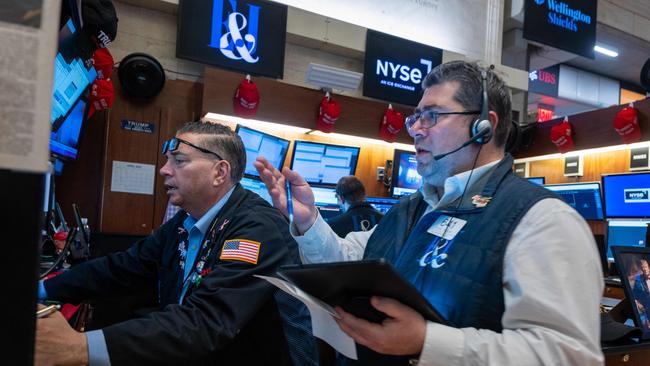
President Trump put up a wall between the US economy and the rest of the world, and the market tanked. And then the market tanked again.
The message from Wall Street’s epic two-day rout, which destroyed $US6.6 trillion ($10.8 trillion) in market value: There is nowhere to hide from Trump’s steep tariffs on goods imported from nearly every corner of the planet.
Manufacturers and retailers. Exporters and importers. High tech and low tech. Big names in virtually every industry were hit, from Silicon Valley behemoths like Apple and Meta Platforms to aerospace manufacturer Boeing to oil producer Devon Energy. Shares of private-equity giant Apollo Global Management lost about a fifth of their value this week, as did United Airlines.
When it was all over, the Dow Jones Industrial Average had lost more than 3,000 points for the week, or 7.9 per cent, sending the blue-chip index into a correction. The tech-focused Nasdaq plunged 10 per cent and into a bear market, meaning the index had fallen 20 per cent from its previous high. The S & P 500 sank 9.1 per cent.
The Magnificent Seven group of large tech stocks lost about $US1.6 trillion ($2.6 trillion) in market value, according to Dow Jones Market Data.
“There are a lot of confused, scared and angry people out there,” said Steve Sosnick, chief strategist at Interactive Brokers.
For Wall Street’s traders, money managers and bankers, a week that began with the anxious lead-up to what Trump touted as “Liberation Day” ended with dread. After a steep decline Thursday, the Dow fell another 2,200 points Friday, as China’s retaliation against Trump’s tariffs raised the threat of a protracted global trade war.
China said it would impose an additional 34 per cent levy on all imported US goods starting on April 10. “China played it wrong, they panicked,” Trump said in a Friday social-media post.
The president’s across-the-board levies on goods imported from virtually every US trading partner left investors shaken and fearful of a recession. They are struggling to envision what the world will look like a month from now — much less a year from now.
“We are in a period of self-induced vomiting — that is the best way I can encapsulate what happened this week,” said Callie Cox, chief market strategist at Ritholtz Wealth Management.
The benchmarks fell further on Friday even after the Labor Department delivered a surprisingly good jobs report for March. The US added 228,000 jobs last month, well above the Wall Street consensus estimate of 140,000, suggesting the economy entered the trade war on solid footing.
“Obviously the markets are just simply not taking Ps and Qs today from the labour data whatsoever,” said David Bahnsen, chief investment officer of The Bahnsen Group in Newport Beach, Calif. “This is entirely around the China reciprocal tariffs.”

Even veterans of Wall Street were feeling the stress of the moment, and the start of perhaps the most turbulent and uncertain time in the markets in years.
Mark Malek, chief investment officer of Siebert Financial, said client calls started pouring in on Friday morning, as people grew concerned about Thursday’s market carnage.
“They couldn’t find a single positive report out there,” said Malek. “Even the most bullish economists turned sour on the latest tariff move.”
“A lot of our clients are very nervous. We’ve been telling them to focus on the long term.”
Interactive Brokers’s Sosnick had tried, in vain, to escape the tariff frenzy earlier this week by going to a play (“Liberation,” coincidentally), but as the week went on he found himself checking his phone constantly — even in the middle of the night. “I’ve heard from pretty much everyone on my contact list,” he said.
Adam Phillips, managing director at EP Wealth Advisors, had warned clients to expect a bumpy ride in 2025 after the S & P 500 had posted two straight blockbuster years. But no one, including him, had foreseen this sell-off. When jittery clients needed reassuring this week, he scrambled to record a video. Don’t act rashly, he said. “I don’t even know that we’ve done that before,” Phillips said. “It was escalating so quickly.”

Investors continued to search for safety in government bonds amid the turmoil. The yield on the 10-year Treasury, which falls as prices rise, dropped below 4 per cent for the first time since last October, suggesting heightened fears of a recession. It marked the biggest one-week fall in yields since August.
Friday’s declines were broadbased, with all 11 sectors of the S & P 500 closing in the red. Banks and brokerage firms have been among the hardest hit stocks in recent days, while consumer staples and home builders were relatively unscathed.
Gold futures slid 2.7 per cent to $3,012 per troy ounce after climbing to record levels earlier in the week. Meanwhile, oil prices plummeted to their lowest level in nearly four years. Benchmark US oil prices ended Friday at $61.99 a barrel after plunging nearly 14 per cent in the two days following Trump’s tariff blitz.
The sell-off’s unprecedented nature had energy traders crumpling up their usual models for predicting oil prices.
Supply and demand data suggests prices have fallen too far, but neither those signals nor the relationships between various oil prices around the world that also inform trading can be trusted this time around, energy trading firm Ritterbusch & Associates told clients on Friday. It warned that prices could fall much lower, and that cheaper gasoline would do little to offset a drop in demand from China and damage to the US economy.
“Predicting a price bottom will be extremely difficult,” the firm said.
Economists at global banks are taking a gloomier outlook on the economy, with many upping their recession forecasts. A team of JPMorgan Chase economists raised the odds of a recession in a global economy to 60 per cent from 40 per cent.
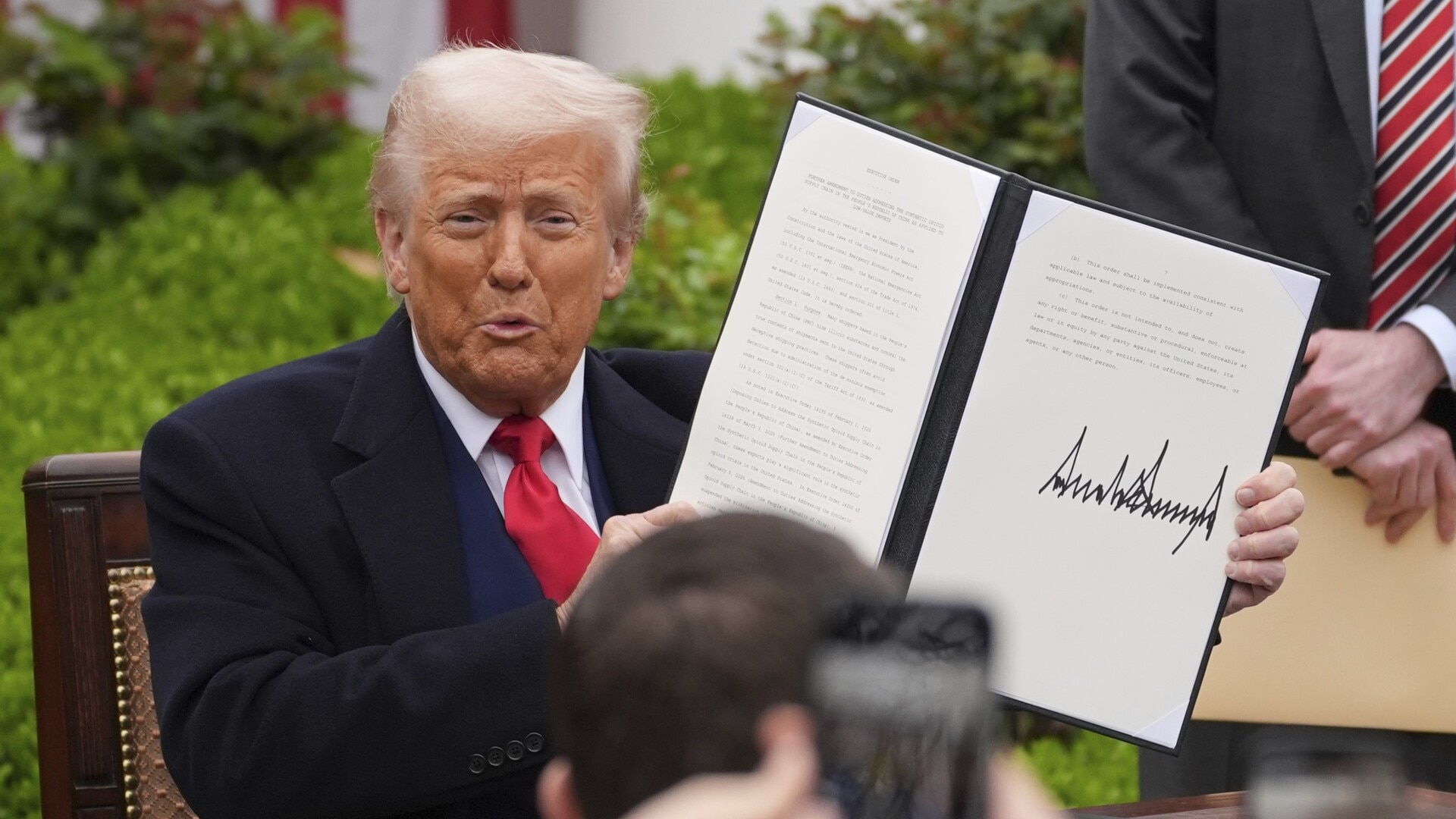
Traders have increased their bets on interest-rate cuts this year, wagering that the Federal Reserve will take action at the first signs of a faltering economy. In a speech Friday, Fed Chair Jerome Powell said the central bank would be able to address any fallout from Trump’s tariffs to ensure one-time price increases don’t lead to persistently higher inflation.
Wall Street’s fear gauge flashed warning signs. The Cboe Volatility Index, or VIX, surged to its highest closing level since April 2020, according to Dow Jones Market Data.
The stockmarket swoon slammed the door on companies waiting in the wings to go public, with ticketing marketplace StubHub and buy-now-pay-later fintech company Klarna both postponing their initial public offering roadshows.
Overseas, Japan’s Nikkei 225 Index fell 9 per cent for the week, while the Stoxx Europe 600 Index tumbled 8 per cent. Both indexes logged their largest one-week percentage declines since March 2020.
Wall Street Journal

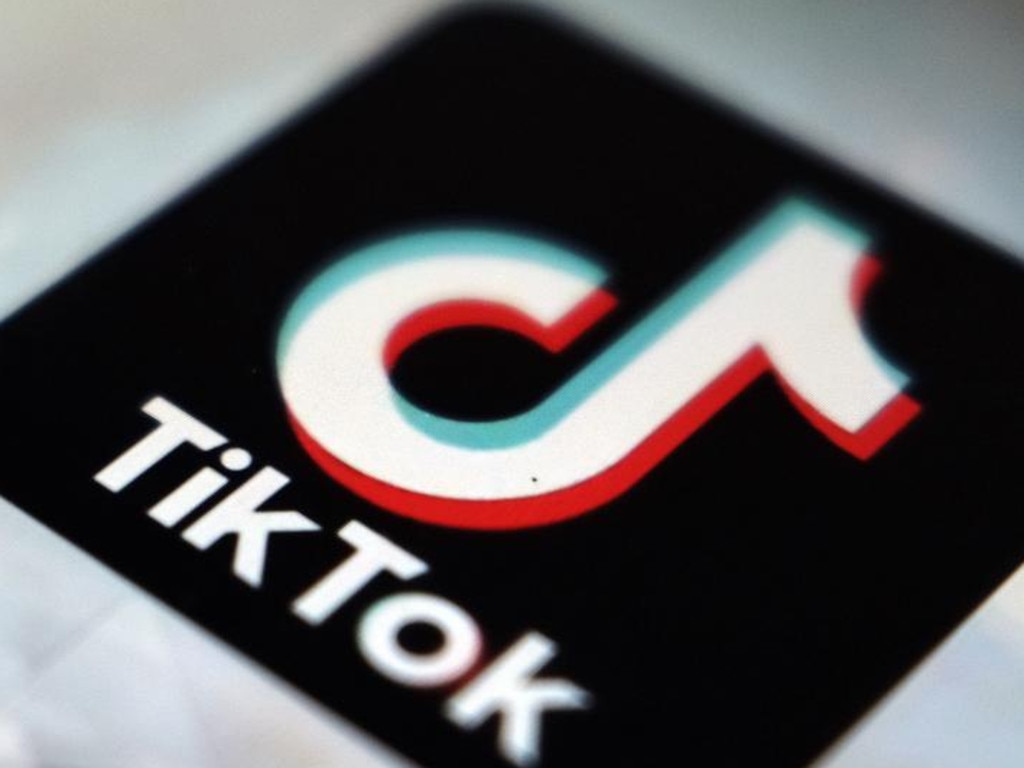
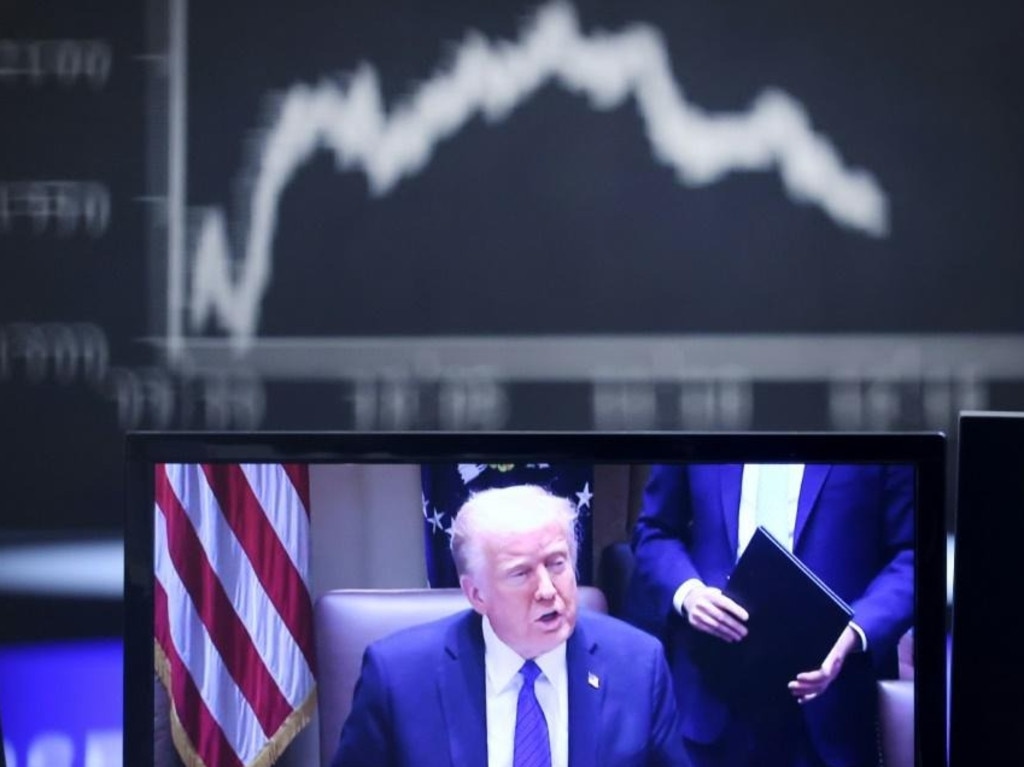
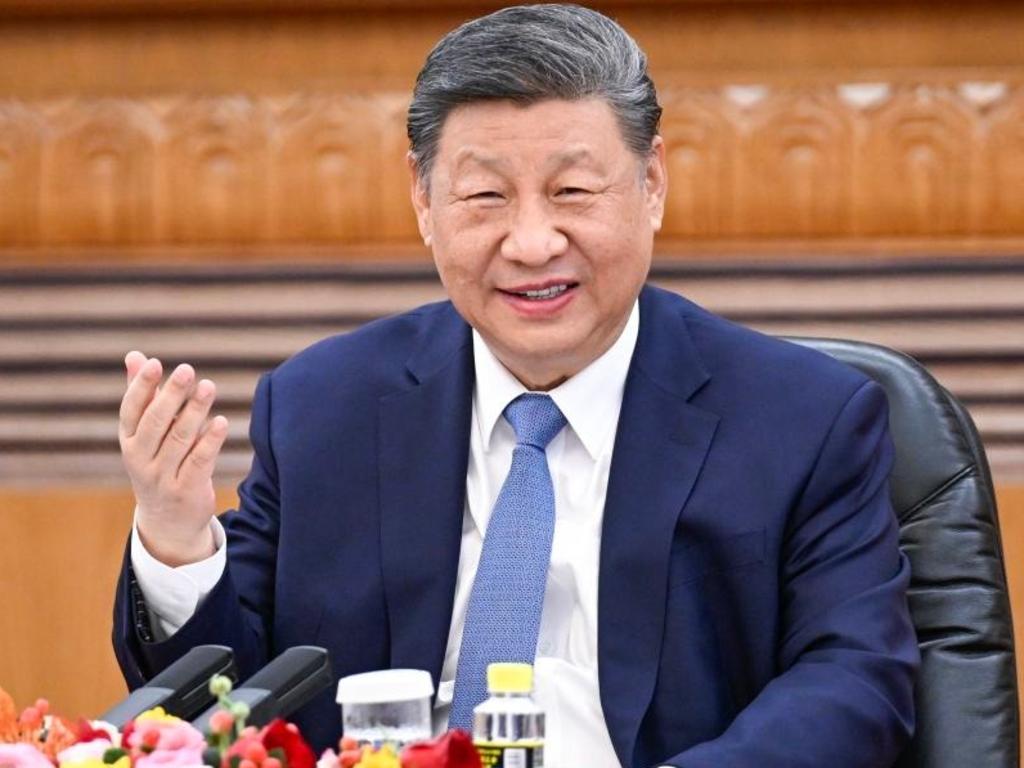
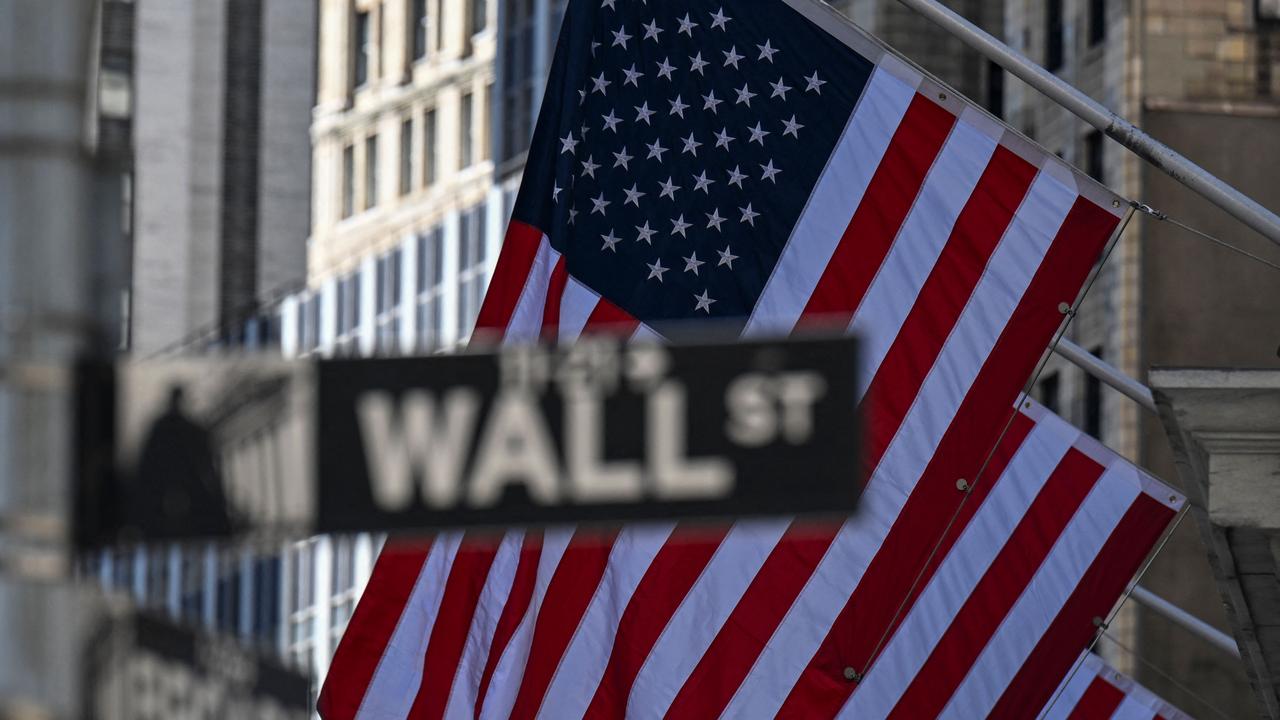
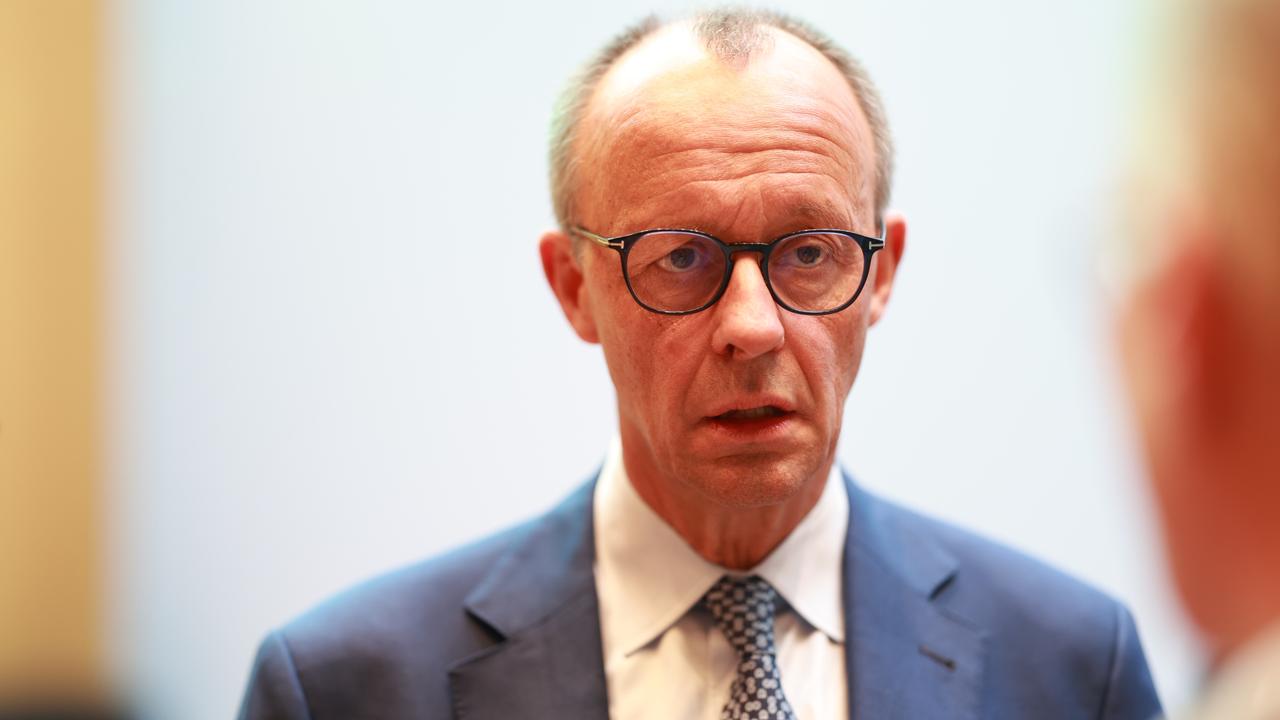
To join the conversation, please log in. Don't have an account? Register
Join the conversation, you are commenting as Logout